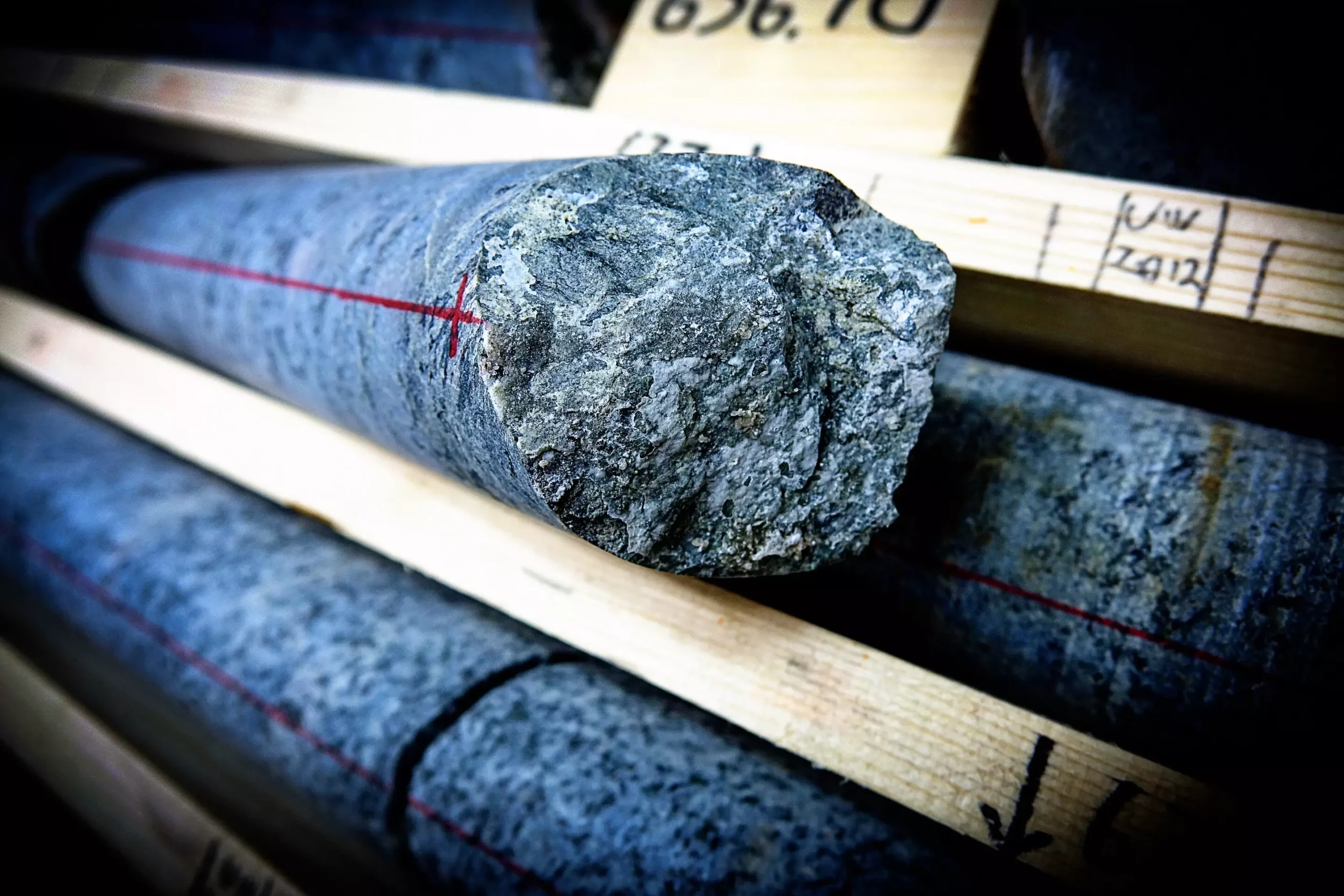A groundbreaking study has shed light on a remarkable and hidden ecosystem thriving deep beneath Greenland’s fractured bedrock, uncovering its existence from around 75 million years ago. Published in the journal *Geochemistry, Geophysics, Geosystems*, this research highlights the deep biosphere—an underground habitat existing without sunlight or oxygen, where microorganisms have endured in isolation for millennia. Although it has long been acknowledged that such life forms exist, the extent and duration of their survival in these extreme conditions remain largely enigmatic. The recent findings provide significant insights, hinting at a complex ecosystem shaped by geological events.
The study’s methodical drilling campaign in western Greenland allowed researchers to delve into the bedrock adjacent to the ice sheet. By excavating several hundred meters down, they uncovered essential minerals lining fractures within the bedrock, acting as geological archives of life from ancient epochs. According to Henrik Drake, Associate Professor at Linnaeus University in Sweden and the lead author of the study, high-resolution geochronology played a pivotal role in uncovering the age of these microbial remnants. Utilizing uranium-lead dating techniques, they were able to ascertain that the calcium carbonate formations date back roughly 64 to 75 million years, coinciding with significant tectonic activities linked to the formation of the Atlantic Ocean and the Labrador Sea.
One of the remarkable implications of this study is the relationship between tectonic shifts and the colonization of microbial life within the deep biosphere. The findings suggest that as tectonic plates shifted and opened deep fracture networks in Greenland, they provided a conducive environment for microbial colonization. Such geological processes allow scientists to connect the fate of microorganisms with tectonic events, indicating that the very fabric of our planet influences life in ways previously unconsidered. The discovered biological components, particularly bacterial fatty acids preserved within calcium carbonate crystals, highlight the resilience and adaptability of life in extreme conditions.
Significance and Future Directions
This intriguing research not only enhances our understanding of ancient microbial life but also broadens the scope of astrobiological studies. If life can thrive in such extreme conditions on Earth, it raises crucial questions about potential life on other celestial bodies, such as Mars or Europa, where similar environments may exist. The study also emphasizes the importance of continued exploration and analysis of the deep biosphere, which remains largely uncharted territory. By understanding microbial dynamics in extreme environments, scientists can unlock secrets that may inform not just planetary science, but also our strategies for conservation and sustainable practices here on Earth.
The study represents a significant step forward in our understanding of the deep biosphere and its intricate links with geological activity. It challenges us to rethink our perceptions of life’s adaptability and survival in the most extreme conditions imaginable.


Leave a Reply